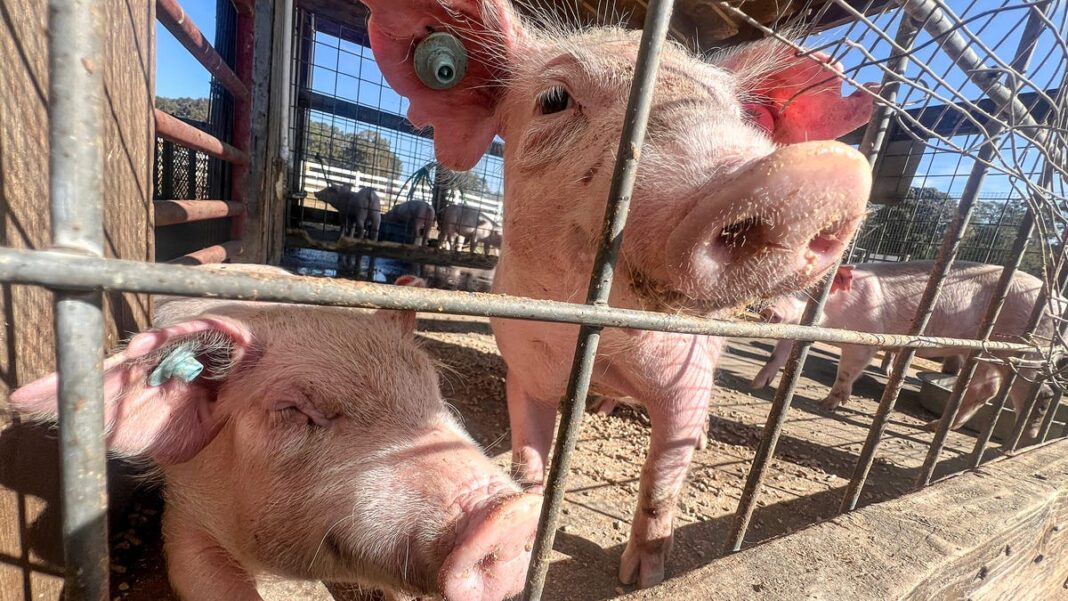H5N1 Bird Flu Found in Pig for the First Time, Sparking Concerns
The U.S. Department of Agriculture reported a case of H5N1 bird flu detected in a pig on a small farm in Oregon, marking the first instance of this virus being found in pigs in the U.S.
Pigs are particularly vulnerable to bird flu since they can be infected with both avian and human viruses, allowing the possibility of genetic mixing and the emergence of a new, potentially more harmful virus that could spread more easily to humans.
However, the USDA assured that there is no threat to the nation’s pork supply and that the overall risk to the public from bird flu remains low.
In 2009-2010, pigs were the source of the H1N1 flu pandemic and have previously been linked to similar outbreaks, according to Richard Webby, a virologist at St. Jude Children’s Research Hospital who studies animal and bird flus for the World Health Organization.
The virus’s detection at a smaller, backyard farm diminishes the potential risk compared to if it had been found in a large commercial pig farming operation, Webby explained.
“It probably doesn’t heighten the risk significantly, but if this virus begins spreading among pigs, that would certainly raise concerns,” he noted.
The farm in Oregon is currently quarantined, and other livestock, including sheep and goats, are being monitored, according to the USDA.
To mitigate the spread of the virus, all pigs and poultry on the farm have been culled, allowing for thorough testing of remaining swine, with results pending for two pigs.
This infection is believed to have originated from wild birds, rather than from poultry or dairy operations, a USDA representative stated. Wild bird migration has previously led to the bird flu spreading to domestic poultry and cattle.
The identification of the virus on the farm contributed to the USDA’s decision to enhance bird flu surveillance, including nationwide testing of bulk milk, a move announced on Wednesday by Agriculture Secretary Tom Vilsack in an interview with Reuters.
“While this is a different strain tied to wild birds, it underscores the need to closely monitor the virus in dairy and cattle,” he explained.
The USDA clarified that the pigs from the Oregon farm were not meant for commercial food production.
Nonetheless, the discovery had an impact on lean hog futures prices at the Chicago Mercantile Exchange, according to reports from traders.
The situation serves as a critical alert for pig farmers to remain vigilant for potential outbreaks, according to Marie Culhane, a specialist in veterinary population medicine at the University of Minnesota who studies swine flu viruses.
“Farmers need to be proactive in their preparedness in case of further incidents,” Culhane stated. “Pigs have a strong capability of contracting influenza viruses.”
This year, 36 individuals have tested positive for bird flu, as the virus has spread to nearly 400 dairy herds, with the majority being farm workers who directly interacted with infected animals.
Since 2022, this virus has resulted in the loss of more than 100 million birds in the worst bird flu outbreak in U.S. history.

